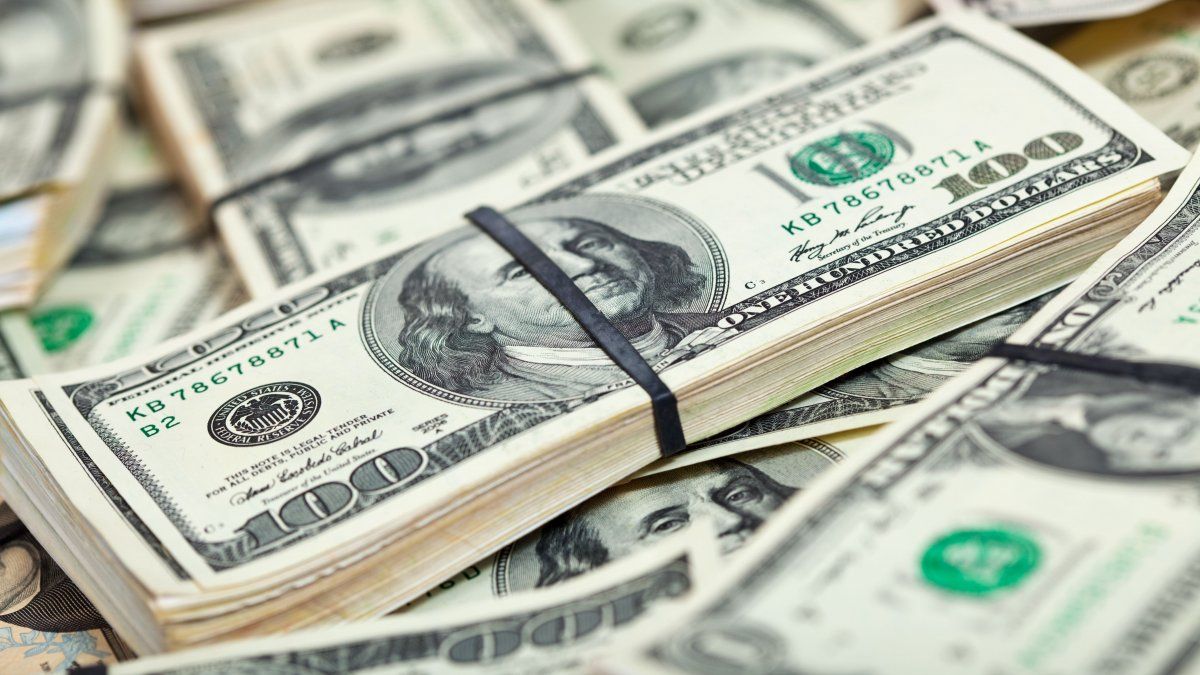Regarding the future estimates, It is believed that, throughout the year 2023, we will have to live with 3-digit annual inflation. In the last 12 months, on average, monthly inflation was 6.0%. If said average were repeated every month, the projection of annual inflation would be fulfilled. throughout 2023 greater than 100.0%. Within the index, there are several items that have already reached 3-digit annual inflation, such as the case of clothing and footwear, alcoholic beverages, household equipment and restaurants and hotels.
Next Friday, the Central Bank of the Argentine Republic, will publish a new Survey of Market Expectations and next week the City of Buenos Aires will release its own inflation data. With both data, we will be able to estimate with greater certainty what the national CPI will be for the month of February. The INDEC will report the official data on March 14.
In inflationary contexts like the one we have to go through, liquidity is what rules. Whether for a company, project or venture, as well as for personal finances, it is essential to build investment portfolios with highly liquid instruments.
One of the most recommended instruments in this scenario is the Stock Bondwhich acts as similar to a fixed term traditional, with the advantage that they can be made at any term, from 1 to 120 days, and must be done through a stockbroker. Currently, the annual nominal rate of said instrument is around 67.0%, while the effective rate is located at 91.1%. The effective rate is the one that is achieved by reinvesting the interest after one year.
Another instrument according to this scenario is the Common Investment Fund,which allows you to invest and redeem money immediately, at most 24 or 48 hours in advance. With respect to performance, in this case, the type of fund one chooses varies greatly. There are fixed income funds, others with variable income, and others with mixed income, which are made up of fixed and variable instruments. The choice of fund will depend on the profile of the investor and the objectives pursued.
On the other hand, during the past year, the Fixed terms adjusted for inflationThey were highly chosen by the investing public. However, for a few months, the holding of these instruments has been falling, mainly due to the disadvantage of having to immobilize the money for 90 days. For this reason, and as we say that liquidity is what rules, the Traditional Fixed Terms 30 days. Currently, the nominal annual rate stands at 75.0% and the effective rate at 107.0%. Since the effective rate is positive against inflation, until this situation is reversed, we do not believe that the Central Bank will raise the rate again. For its part, it happens that, the higher the amounts invested, the rates fall. For amounts greater than $10 million, the effective rate is 98.0% and for amounts greater than $20 million, the annual effective rate drops to 91.0%. In this case, we do not rule out that the Central Bank chooses to raise the rate a few points, so that such investments do not go towards the dollar.
With respect to price of the wholesale dollar, the monthly devaluation rate in February was 5.4%. On the one hand, said rate was lower than the devaluation rate of previous months, which, on average, was 6.2%. On the other hand, it would be below inflation for the month, which is estimated at around 6.0%, showing, once again, exchange rate delays. For this year, a devaluation rate of around 90.0% is expected. Under this assumption, by December 2023, we could be experiencing a price of the wholesale dollar of approximately $355.0.
The year 2023 is an election year, in which political issues are constantly mixed with economic ones. The real uncertainty revolves around what may happen in December, with the arrival of a new government. At this point, with respect to the devaluation rate, 3 scenarios are proposed. The first of these would be for the new government to continue devaluing at the same rate. The second scenario would be that, as soon as it takes office, a devaluation of around 30.0% is applied. Finally, it could devalue 50.0% in a month. Of course, each scenario would have its immediate consequence in the rest of the variables of the economy. In the event that scenario 2 or 3 is fulfilled, we could not rule out that prices follow the same path.
Regarding alternative dollars, in February the MEP it rose 0.7% while the CCL contracted 0.3%. Let us remember that both dollars came from growing around 8.0% in January. If, by the end of the year, the gap with respect to the wholesale dollar continued at around 100.0%, by December of this year they would reach a value close to $700.0.
For his part, he casual dollar it also underwent a strong acceleration during the first month, experiencing a variation of 11.5%, to later discount some points and end the month of February trading below $380. In any case, we believe that sooner rather than later, it will be able to break through the $400.0 barrier.
The year 2023 is an electoral year, a situation that makes the panorama much more complex. Bearing this in mind, with respect to medium and long-term investments, two paths could be recommended, depending on which political party is believed to win the elections. If the investor believes that he could win the opposition, medium termwhich would consider the next 12/14 months, could invest in an instrument that adjusts for the evolution of the official dollar, since, in this scenario, we do not rule out a strong devaluation for the first quarter of the year 2024. Looking at the long term, a period of 3 years, the recommended instruments would be the Negotiable Obligationsthe US$ Bonds and Actions, especially those linked to the energy sector. On the contrary, If the investor considers that the elections can be won by the ruling party, we recommend hoarding dollar bills.
Taking into account the electoral factor, we could Divide the timeline of the next few months into 5 stages. The first It would be until the months of May/June, the maximum period to know the candidates. The second stage would be until August, the month in which the PASO elections are held. The third This stage would go until the month of October, the post-PASO period and prior to the final elections. Once the elections have taken place and until the new president takes office, we would be going through the stage four. Lastly, the stage five it would be the first 100 days of the next government.
Identifying each of these stages, it is important to note the following. Stages 1, 2 and 3 are periods where what is at stake is the expectation and uncertainty about what might happen. Rather, the stages 4 and 5 there will be moments in which the reality, since we will know who will be the next maximum president and we will be able to assume with greater certainty what his economic plan could be.
Another point to keep in mind is that until before the STEP the government will have to face 50.0% of the deficit and 75.0% of the debt in pesos, so we do not rule out that the level of monetary issue will grow.
Source: Ambito
David William is a talented author who has made a name for himself in the world of writing. He is a professional author who writes on a wide range of topics, from general interest to opinion news. David is currently working as a writer at 24 hours worlds where he brings his unique perspective and in-depth research to his articles, making them both informative and engaging.




